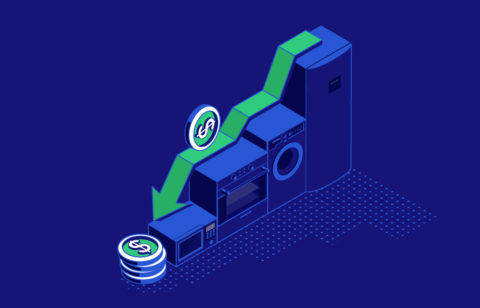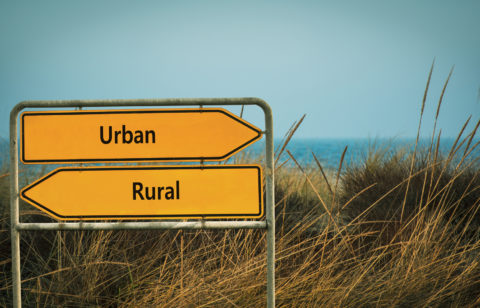America’s birth rates are at record lows for many reasons; no doubt, the cost of raising a child is one of them. While the birth rate has fallen in recent years, the cost of raising a child has subsequently risen. This increase has occurred for a variety of reasons, from the rising cost of childcare expenses, groceries, medical treatments, and health care to the skyrocketing cost of housing and education.
So, just how much does it cost to raise a child these days? In a U.S. Department of Agriculture (USDA) study found that the average cost of raising a child from birth until the age of 17 was $233,610. After the COVID-19 pandemic and inflation impacted the economy, that number rose to a whopping $292,017.
That cost presumes a normal birth and childhood and excludes the costs a family may face when it comes to higher education or special needs.
So, while having a baby may be one of the biggest and most exciting milestones in a couple’s life, it will also be one of the most expensive. This high cost is increasingly a factor when people are thinking about having kids. Let’s look at the real costs of raising a child in the 21st century.
Labor and Delivery
If you and your spouse are expecting a baby soon, congratulations! While this is an exciting milestone, it could leave you with costly medical bills.
For example, you can expect your family’s health care costs to average around $18,865 without health insurance during the course of a normal pregnancy. This includes routine prenatal health checkups as well as medication such as prenatal vitamins.
While awaiting the baby’s arrival, parents should also set a budget of approximately $1,000 for essential necessities such as a crib, stroller, car seat, clothing, and blankets. However, this cost can be significantly lower if you have items to recycle from an older child.
Finally, when your newborn arrives, the average vaginal birth costs approximately $14,768, while a Caesarean delivery costs an average of $26,280. You could bear a solid portion of this unless you have a great insurance plan.
Day-to-Day Expenses
Once your newborn is home from the hospital and settled in, the real cost accounting can begin. For most families, the single largest increase in spending they will face is housing.
According to the USDA, housing accounts for approximately 30% of the total cost of adding a child to your family. Beyond this, most families with children must account for additional expenses including childcare, education, and food. And don’t forget diapers, you might be surprised how much they can eat into your expenses.
Finally, having a baby will probably increase how much you’re paying for health insurance and other medical costs; the deductible on your health insurance plan may increase significantly once you add kids to the mix.
People Also Read
College Costs
The costs of raising a child don’t end in young adulthood for most parents. On average, over 60% of high school graduates pursue college or some sort of follow-up education, such as a trade school.
The costs of attending college are high and frequently fall on the parents. In addition, these expenses will vary depending on the educational institution and its location. Out-of-state tuition, for example, will most likely be higher than in-state tuition.
For the 2022-2023 academic year, families paid an average of $39,400 for private colleges, $10,940 for in-state public colleges, and $28,240 for out-of-state public colleges.
Many families are forced to resort to student loans and other debts to cover the high costs of a college education. As a result, they end up racking up interest expenses and long-term monthly payments that could take years to pay off.
So, when you’re considering the costs of raising a child, make sure you factor college tuition into the equation.
All Things Aren’t Equal Everywhere
While the costs of parenthood in the United States have increased significantly over the past few decades, the amount you pay can vary depending on where you live.
Even in the same state, the costs can considerably differ from one town to the next. For example, it’s common for housing costs to be higher in school districts that outperform other nearby areas.
Cities and towns with excellent schools and good, family-friendly infrastructure tend to charge higher taxes. You will also find that housing in this area will trend higher as well.
Planning Helps Everything
If you are considering having a child or are currently expecting one, don’t let these costs frighten you. However, taking them into account can assist you as you prepare to expand your family. It can also help you increase the opportunities your child has available throughout their life.
There are some excellent online tools available to help you plan for the financial realities of growing your family. For example, you can use various online financial calculators to help you estimate all the costs you’ll need to deal with over the course of your child’s life.
Additionally, talking to a trusted financial expert can help you adjust your household budget to deal with the added costs and assist you with preparing for the future. For instance, it’s never too early to start putting money away for their education.
Having a baby can be expensive, but it will likely be the biggest and best decision you’ll ever make. So, take the numerous costs into consideration, and start making a budget to plan for your new addition today!







